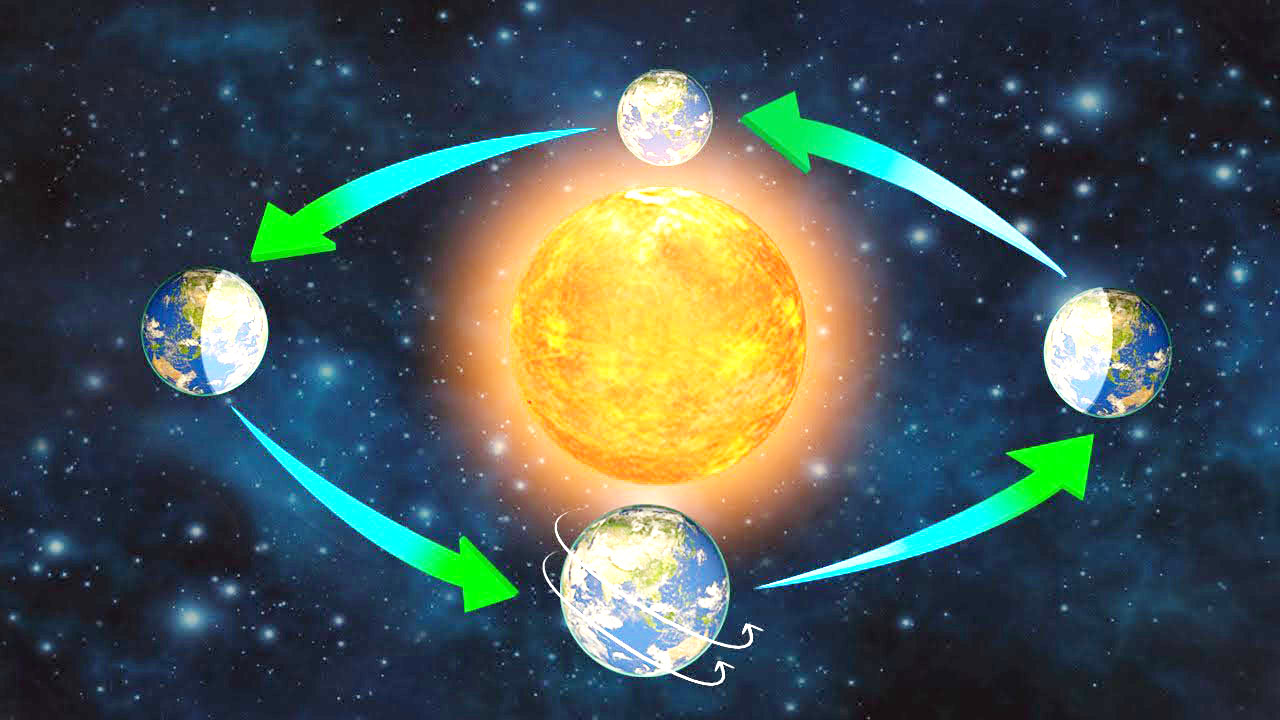A new study has revealed that Earth’s core is rotating at a different speed compared to the rest of the planet, and its rotation is continuously slowing down.
Earth’s Core Rotation Slowing Down and Reversing
Recent studies have shown that Earth’s core has slowed down to the point where it is now rotating in the opposite direction. This change is significant as it indicates the complex and dynamic nature of Earth’s interior.
Earth’s Composition and Core Dynamics
The Earth is composed of three main layers: the crust, the mantle, and the core. The core itself consists of an inner and outer core. The inner core is a solid ball of metal, primarily iron and nickel, surrounded by a liquid metal outer core. This outer core acts as a barrier, allowing the inner core to rotate independently of the Earth’s mantle and crust.
Understanding the Core’s Rotation
The inner core of the Earth is incredibly hot, with temperatures comparable to the Sun’s surface. It lies about 5,180 kilometers beneath the Earth’s surface. Despite its isolation, the core’s rotation has been a subject of scientific interest and debate since Danish seismologist Inge Lehmann discovered it in 1936.
Evidence from Seismology
Direct observation of the Earth’s deep interior is impossible, so scientists rely on indirect methods. Seismograms from repeated earthquakes and explosions provide data indicating that the core’s rotation speed has been decreasing relative to the Earth’s surface. This new finding was published in the journal Nature in June.
Decades-Long Pattern of Core Rotation
Research supports the idea that the core’s slowdown is part of a long-term pattern. In 2023, scientists proposed a model explaining this pattern, suggesting that the inner core had previously spun faster than the Earth’s crust but has now slowed down and begun rotating in the opposite direction.
Implications of the Core’s Rotation Changes
The changes in the core’s rotation are part of a natural cycle of speeding up and slowing down. Understanding these patterns helps scientists learn more about the Earth’s complex interior and its impact on the planet’s overall dynamics.



